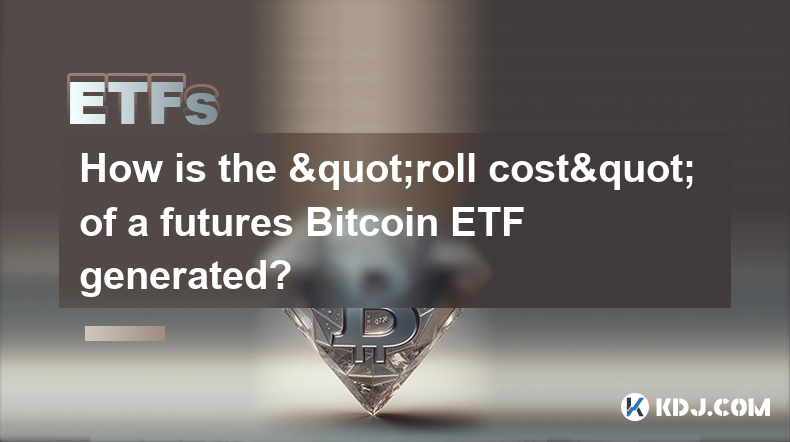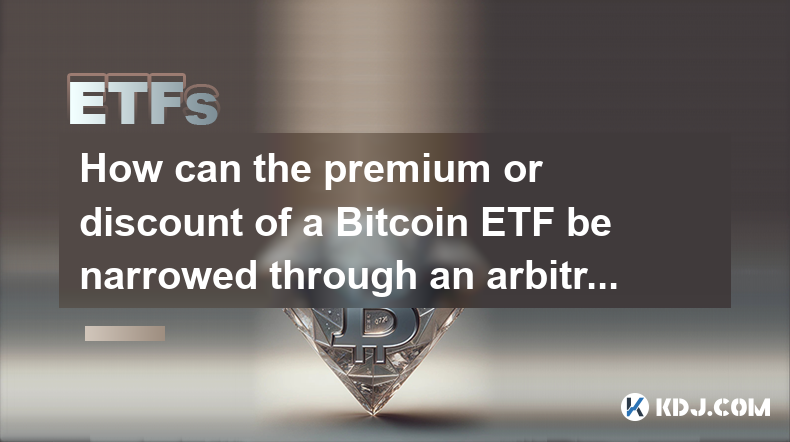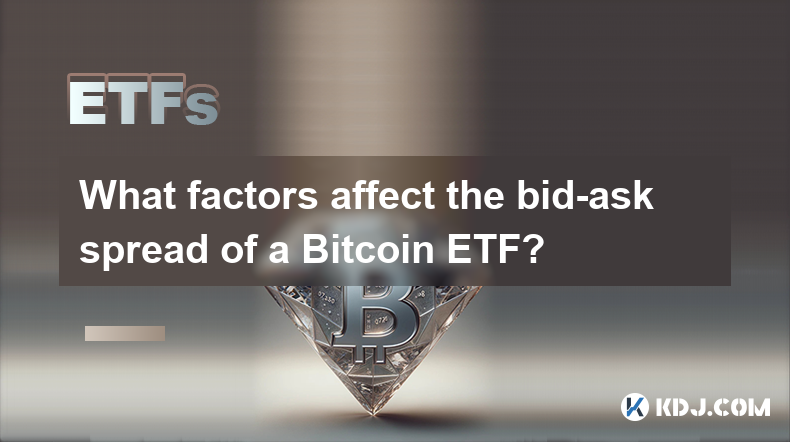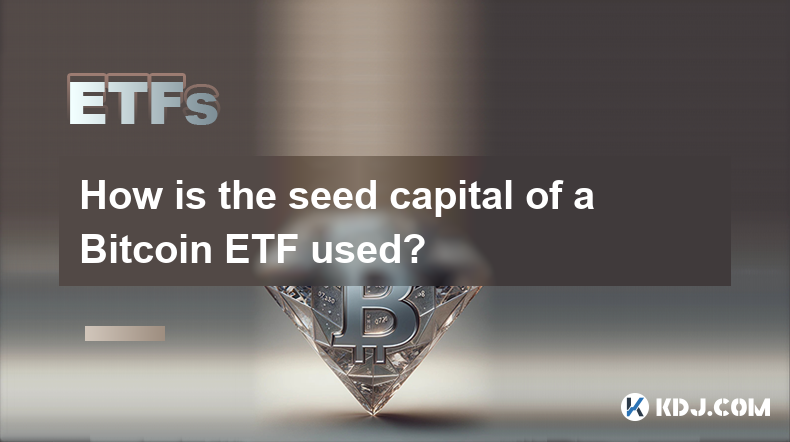-
 Bitcoin
Bitcoin $84,344.1017
0.67% -
 Ethereum
Ethereum $1,591.6501
0.98% -
 Tether USDt
Tether USDt $0.9998
-0.02% -
 XRP
XRP $2.0895
0.85% -
 BNB
BNB $582.9005
0.49% -
 Solana
Solana $133.0357
6.20% -
 USDC
USDC $0.9999
-0.02% -
 TRON
TRON $0.2444
-3.75% -
 Dogecoin
Dogecoin $0.1558
1.28% -
 Cardano
Cardano $0.6152
1.02% -
 UNUS SED LEO
UNUS SED LEO $9.4471
0.55% -
 Chainlink
Chainlink $12.4564
1.94% -
 Avalanche
Avalanche $19.2257
1.77% -
 Toncoin
Toncoin $2.9427
2.87% -
 Stellar
Stellar $0.2368
1.05% -
 Shiba Inu
Shiba Inu $0.0...01188
1.83% -
 Sui
Sui $2.0915
-0.28% -
 Hedera
Hedera $0.1585
0.58% -
 Bitcoin Cash
Bitcoin Cash $330.2642
2.73% -
 Polkadot
Polkadot $3.6298
2.53% -
 Litecoin
Litecoin $74.7555
-1.84% -
 Hyperliquid
Hyperliquid $16.3385
8.42% -
 Dai
Dai $1.0000
-0.01% -
 Bitget Token
Bitget Token $4.3354
1.62% -
 Ethena USDe
Ethena USDe $0.9990
-0.02% -
 Pi
Pi $0.6035
-1.42% -
 Monero
Monero $218.5802
-0.63% -
 Uniswap
Uniswap $5.2198
0.69% -
 OKB
OKB $51.2849
-1.95% -
 Pepe
Pepe $0.0...07290
2.58%
How often is the market data for the Bitcoin ETF updated?
Bitcoin ETF market data updates vary from real-time to every few minutes, influenced by exchange infrastructure, data provider capabilities, and trading volume.
Apr 01, 2025 at 11:35 am

Understanding Bitcoin ETF Market Data Updates
The frequency of Bitcoin ETF market data updates depends on several factors, primarily the exchange where the ETF trades and the data provider used. There isn't a single universal answer. However, we can explore the typical scenarios and influencing elements. Most exchanges aim for real-time or near real-time updates to reflect the dynamic nature of cryptocurrency markets. Delays can occur due to technical issues or high trading volume.
Exchange-Specific Update Frequencies
Different exchanges have varying technological capabilities and internal processes. Larger, more established exchanges generally offer more frequent updates, often aiming for real-time updates, meaning the data reflects the last traded price almost instantaneously. Smaller exchanges might have slightly longer delays, perhaps updating every few seconds or minutes. This difference arises from variations in infrastructure and trading volume. The update frequency is usually specified on the exchange's website or platform.
Data Provider Influence on Update Speed
The data provider plays a crucial role. Exchanges rely on third-party data providers to collect and disseminate market information. These providers have their own infrastructure and processes, which can influence the speed of updates. A provider with a robust, high-bandwidth network will generally offer faster and more reliable updates than one with limited resources. The reliability and speed of the data provider are key factors in determining the overall update frequency.
Factors Affecting Data Update Speed
Several factors can impact the speed and accuracy of Bitcoin ETF market data updates. High trading volume can lead to temporary delays as the exchange processes a large number of transactions. Technical glitches or planned maintenance on the exchange or data provider's infrastructure can also cause temporary disruptions. Network connectivity issues can further impede the timely dissemination of information. These factors can cause temporary delays, but exchanges generally strive for the fastest possible updates.
Data Update Frequency for Different Data Types
The update frequency can also vary depending on the specific data point. For example, the last traded price might be updated almost instantaneously, while other data points such as the volume traded over a specific period might be updated less frequently, perhaps every minute or even every few minutes. This is because calculating these aggregated metrics requires more processing time. The type of data requested influences the update frequency.
Navigating Data Delays and Inaccuracies
While exchanges and data providers aim for accuracy and speed, occasional delays or inaccuracies can occur. It's crucial to be aware of these possibilities and to use multiple data sources to cross-verify information. Relying on a single source can lead to a skewed understanding of the market. Diversifying data sources is a best practice for reliable information.
Understanding the Implications of Update Frequency
The frequency of updates is crucial for traders and investors who rely on real-time market data for informed decision-making. Faster updates allow for quicker reactions to market movements, which can be advantageous in highly volatile markets like cryptocurrencies. However, it's important to remember that even with real-time updates, there's always a slight delay between the actual trade and its reflection on the platform. Understanding this inherent delay is crucial for accurate market analysis.
Accessing Real-Time Bitcoin ETF Data
Most exchanges offering Bitcoin ETFs provide access to real-time or near real-time market data through their trading platforms or APIs. These platforms typically display the current bid and ask prices, last traded price, volume, and other relevant metrics. Some exchanges also offer charting tools that visualize this data, allowing traders to analyze price trends and patterns. Utilizing the provided tools and resources is essential for accessing up-to-date information.
Data Security and Integrity
Exchanges and data providers implement robust security measures to protect the integrity and accuracy of market data. This includes measures to prevent manipulation and ensure the reliability of the information presented. However, it's important to remember that no system is entirely immune to potential vulnerabilities. Maintaining awareness of potential security risks is crucial.
The Role of Regulatory Compliance
Regulatory bodies often have requirements regarding the accuracy and timeliness of market data. These regulations aim to protect investors and ensure fair and transparent markets. Compliance with these regulations is a key factor in determining the standards and practices employed by exchanges and data providers. Regulatory oversight contributes to data reliability and market integrity.
Choosing a Reliable Data Source
When selecting a source for Bitcoin ETF market data, consider factors like the reputation of the exchange or data provider, the frequency of updates, the accuracy of historical data, and the availability of customer support. Choosing a reputable source is essential for making informed investment decisions. Thorough research is vital when selecting a data source.
Common Questions and Answers
Q: What is the typical update frequency for Bitcoin ETF market data?
A: The typical update frequency varies, ranging from real-time updates (almost instantaneous) on major exchanges to updates every few seconds or minutes on smaller exchanges, depending on factors like exchange infrastructure, data provider capabilities, and trading volume.
Q: Can market data updates be delayed?
A: Yes, delays can occur due to high trading volume, technical issues, planned maintenance, or network connectivity problems.
Q: How can I ensure the accuracy of Bitcoin ETF market data?
A: Use multiple data sources to cross-verify information. Choose reputable exchanges and data providers known for accuracy and reliability.
Q: What is the role of data providers in Bitcoin ETF market data updates?
A: Data providers collect and disseminate market information to exchanges. Their infrastructure and processes significantly influence the speed and accuracy of updates.
Q: Are there regulatory implications for market data updates?
A: Yes, regulatory bodies often have requirements regarding the accuracy and timeliness of market data to protect investors and ensure fair markets.
Disclaimer:info@kdj.com
The information provided is not trading advice. kdj.com does not assume any responsibility for any investments made based on the information provided in this article. Cryptocurrencies are highly volatile and it is highly recommended that you invest with caution after thorough research!
If you believe that the content used on this website infringes your copyright, please contact us immediately (info@kdj.com) and we will delete it promptly.
- Remittix (RTX) Raises $14.5M as it Eyes Dogecoin and Cardano's Top 10 Crypto Spots
- 2025-04-17 17:15:13
- Remittix (RTX) Could Outshine Shiba Inu (SHIB) and Pepe (PEPE) by Delivering Real-World Utility
- 2025-04-17 17:15:13
- Remittix (MTX) Price Prediction: Can This New DeFi Platform 10x in the Next Year?
- 2025-04-17 17:10:15
- Shiba Inu (SHIB) Price Prediction: Bollinger Bands Point to an Eventual Bullish Breakout
- 2025-04-17 17:10:15
- SimpleFX Expands Its Trading Offer to Include Over 1,000 Financial Assets
- 2025-04-17 17:10:14
- Dogecoin (DOGE) Whales Are Stirring Again, But This Time It's Not Retail Traders Making the Noise. It's the Whales.
- 2025-04-17 17:10:14
Related knowledge

What is the difference in returns between long-term holding of a Bitcoin ETF and holding Bitcoin directly?
Apr 09,2025 at 04:15am
When considering the difference in returns between long-term holding of a Bitcoin ETF and holding Bitcoin directly, it's essential to understand the nuances and factors that affect each investment option. Both approaches have their unique advantages and potential drawbacks, which can significantly impact the overall returns over time. Understanding Bitc...

How is the "roll cost" of a futures Bitcoin ETF generated?
Apr 08,2025 at 01:22pm
The 'roll cost' of a futures Bitcoin ETF is a critical concept for investors to understand, as it directly impacts the performance of the ETF. In this article, we will delve into the mechanics of how the roll cost is generated, exploring the underlying processes and factors that contribute to this cost. Understanding Futures ContractsFutures contracts a...

How can the premium or discount of a Bitcoin ETF be narrowed through an arbitrage mechanism?
Apr 09,2025 at 12:07am
Arbitrage mechanisms play a crucial role in narrowing the premium or discount of a Bitcoin Exchange Traded Fund (ETF). Understanding how these mechanisms work can provide valuable insights into the dynamics of Bitcoin ETFs and their relationship with the underlying asset. This article will delve into the specifics of how arbitrage can be used to align t...

What factors affect the bid-ask spread of a Bitcoin ETF?
Apr 08,2025 at 08:50pm
The bid-ask spread of a Bitcoin Exchange Traded Fund (ETF) is a critical metric that investors and traders closely monitor. It represents the difference between the highest price a buyer is willing to pay (bid) and the lowest price a seller is willing to accept (ask). Several factors influence this spread, and understanding them can help investors make ...

How is the seed capital of a Bitcoin ETF used?
Apr 10,2025 at 02:15pm
The seed capital of a Bitcoin ETF plays a crucial role in the establishment and operation of the fund. This initial investment is used to create the fund's underlying assets, manage operational costs, and ensure the ETF can start trading on an exchange. Understanding how this seed capital is utilized provides insight into the mechanics of Bitcoin ETFs a...

What is the difference between "physically backed" and "synthetic" Bitcoin ETFs in terms of holding assets?
Apr 10,2025 at 04:56pm
Bitcoin Exchange Traded Funds (ETFs) have become a popular way for investors to gain exposure to the cryptocurrency market without directly owning the underlying asset. There are two primary types of Bitcoin ETFs: physically backed and synthetic. Understanding the differences between these two types, particularly in terms of how they hold assets, is cru...

What is the difference in returns between long-term holding of a Bitcoin ETF and holding Bitcoin directly?
Apr 09,2025 at 04:15am
When considering the difference in returns between long-term holding of a Bitcoin ETF and holding Bitcoin directly, it's essential to understand the nuances and factors that affect each investment option. Both approaches have their unique advantages and potential drawbacks, which can significantly impact the overall returns over time. Understanding Bitc...

How is the "roll cost" of a futures Bitcoin ETF generated?
Apr 08,2025 at 01:22pm
The 'roll cost' of a futures Bitcoin ETF is a critical concept for investors to understand, as it directly impacts the performance of the ETF. In this article, we will delve into the mechanics of how the roll cost is generated, exploring the underlying processes and factors that contribute to this cost. Understanding Futures ContractsFutures contracts a...

How can the premium or discount of a Bitcoin ETF be narrowed through an arbitrage mechanism?
Apr 09,2025 at 12:07am
Arbitrage mechanisms play a crucial role in narrowing the premium or discount of a Bitcoin Exchange Traded Fund (ETF). Understanding how these mechanisms work can provide valuable insights into the dynamics of Bitcoin ETFs and their relationship with the underlying asset. This article will delve into the specifics of how arbitrage can be used to align t...

What factors affect the bid-ask spread of a Bitcoin ETF?
Apr 08,2025 at 08:50pm
The bid-ask spread of a Bitcoin Exchange Traded Fund (ETF) is a critical metric that investors and traders closely monitor. It represents the difference between the highest price a buyer is willing to pay (bid) and the lowest price a seller is willing to accept (ask). Several factors influence this spread, and understanding them can help investors make ...

How is the seed capital of a Bitcoin ETF used?
Apr 10,2025 at 02:15pm
The seed capital of a Bitcoin ETF plays a crucial role in the establishment and operation of the fund. This initial investment is used to create the fund's underlying assets, manage operational costs, and ensure the ETF can start trading on an exchange. Understanding how this seed capital is utilized provides insight into the mechanics of Bitcoin ETFs a...

What is the difference between "physically backed" and "synthetic" Bitcoin ETFs in terms of holding assets?
Apr 10,2025 at 04:56pm
Bitcoin Exchange Traded Funds (ETFs) have become a popular way for investors to gain exposure to the cryptocurrency market without directly owning the underlying asset. There are two primary types of Bitcoin ETFs: physically backed and synthetic. Understanding the differences between these two types, particularly in terms of how they hold assets, is cru...
See all articles























































































